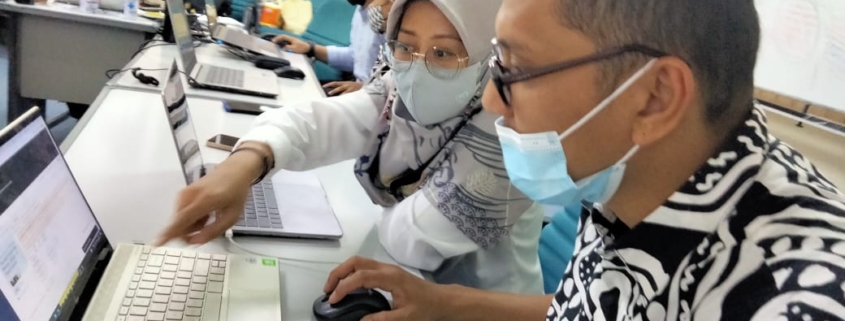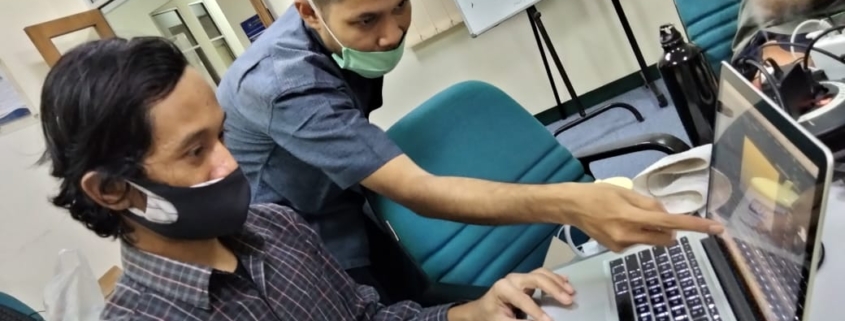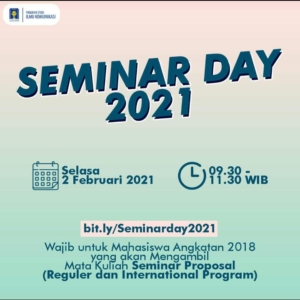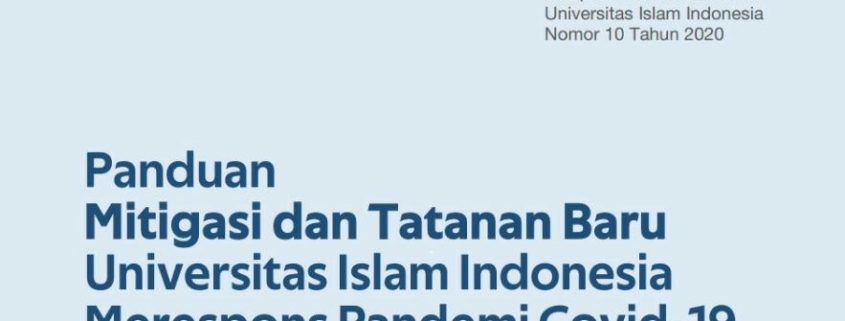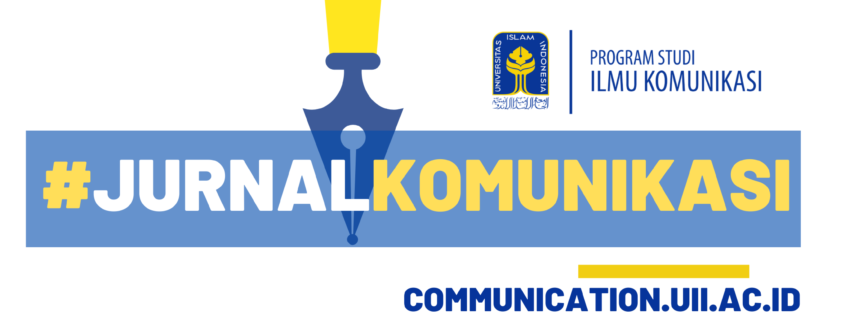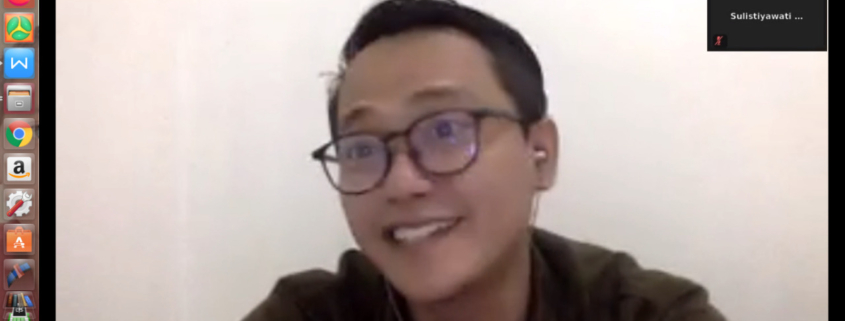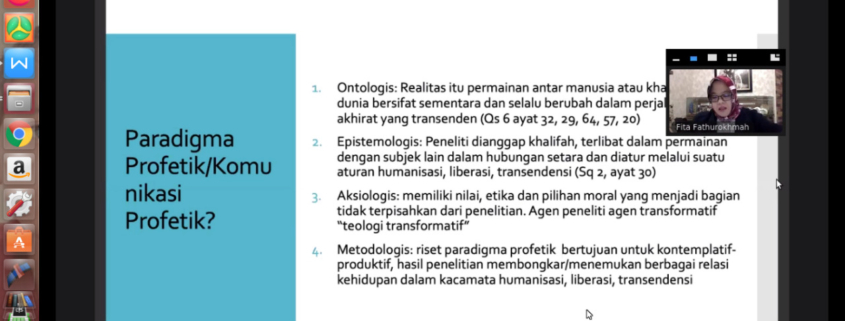Designing the official website of an institution from scratch requires a concept and even a detailed pictorial design plan. The concept of the navigation menu must also consider the needs and goals of the web created.
Risky Falahiyah, a speaker from Websupport of UII Public Relations, said that web design will be easier if the image design is visible. “Only then will the layout be better on the online page. You can draw a web display plan through the Figma application,” said Risky at the Web Layout and Design Workshop for website management staff in Department of Communications UII on Tuesday (23/2 / 2021).
Website is like a home. According to Zarkoni, UII Communication staff, in this training all staff will learn to improve their own capacity from building houses as well as their interiors. “When the web domain address has been created, the team’s responsibility is to finalize the interior of the website. Prepare the elements that need to appear on the web according to the pixel size required in this UII’s web template,” said Zarkoni who is also web maintenance of communication.uii.ac.id.
Designing the official website of an institution from scratch requires a concept and even a detailed pictorial design plan. The concept of the navigation menu must also consider the needs and goals of the web created.
On this occasion, Risky Falahiyah, assisted by Zarkoni, facilitated and trained the website team for Uniicoms TV, UII Communication’s online TV, the website team for the Center for Study and Documentation of Alternative Media / PSDMA Nadim, and the website team for the International Programof Communication UII (IPC).
Ifa Zulkurnaini, UII Communications Nadim staff, said that it was not so difficult for him to follow Risky’s presentation. “Maybe because my background is in the Computer and Network Engineering Vocational School, it is not difficult to follow,” she said.
Meanwhile, Desyatri Parawahyu, staff of the UII Communication Laboratory and Unit Manager of Uniicoms TV, admitted that she needed to slowly take part in learning to build the Uniicoms TV website, UII Communication. She was greatly helped by teamwork such as Iven Sumardiantoro and Yudi Winarto who specifically designed the web interface design through the Figma application.
The Figma application makes web display design easy because its features are easy to recognize. Figma does function to design the user interface to adjust the user experience of the UII Communication web.
Zarkoni hopes that web managers can work a maximum in the next three weeks. Basically, the development of website development will be monitored every week.
Risky also expressed the same hope. He said the website as the foreground of the house should be designed with the right choice of colors and elements. “As much as possible, follow the branding guide set by the Public Relations of UII.”

